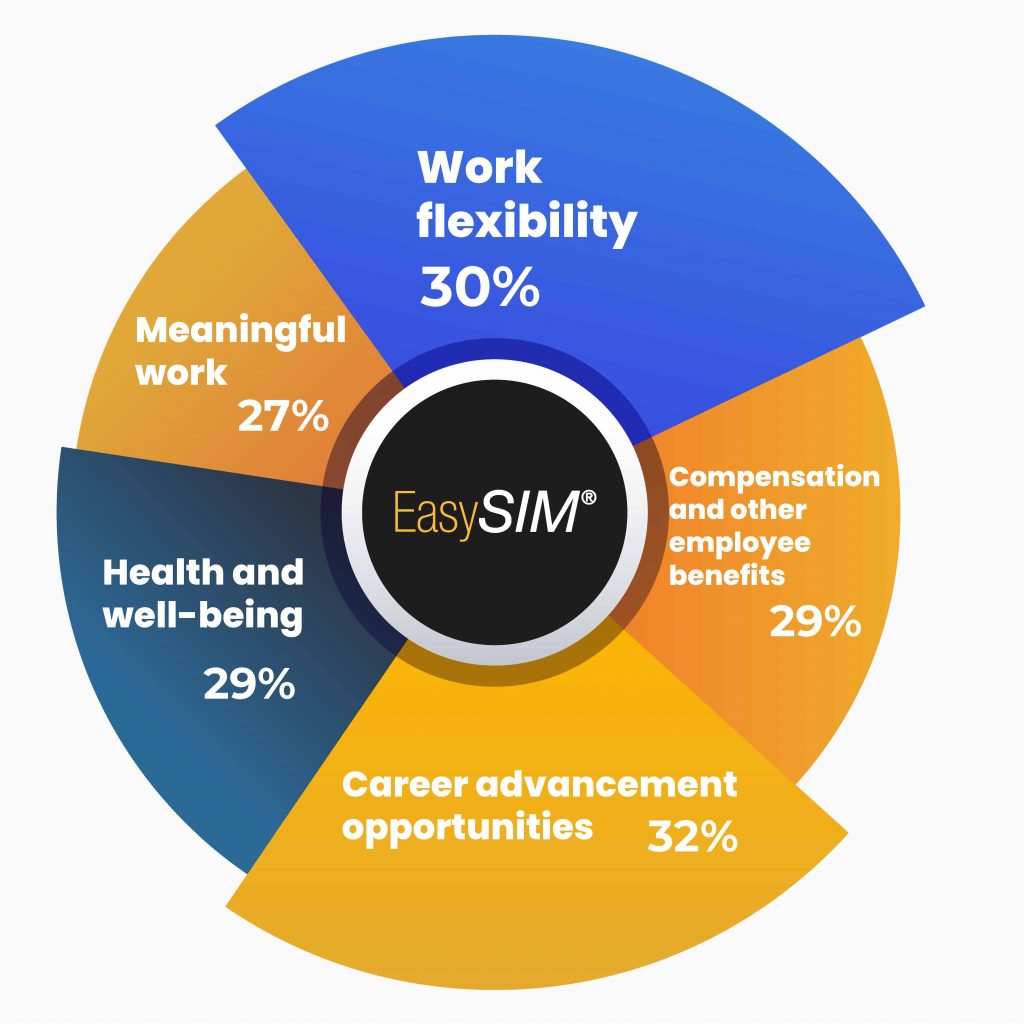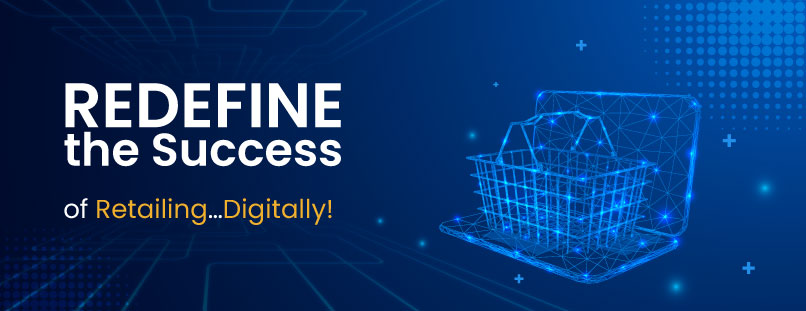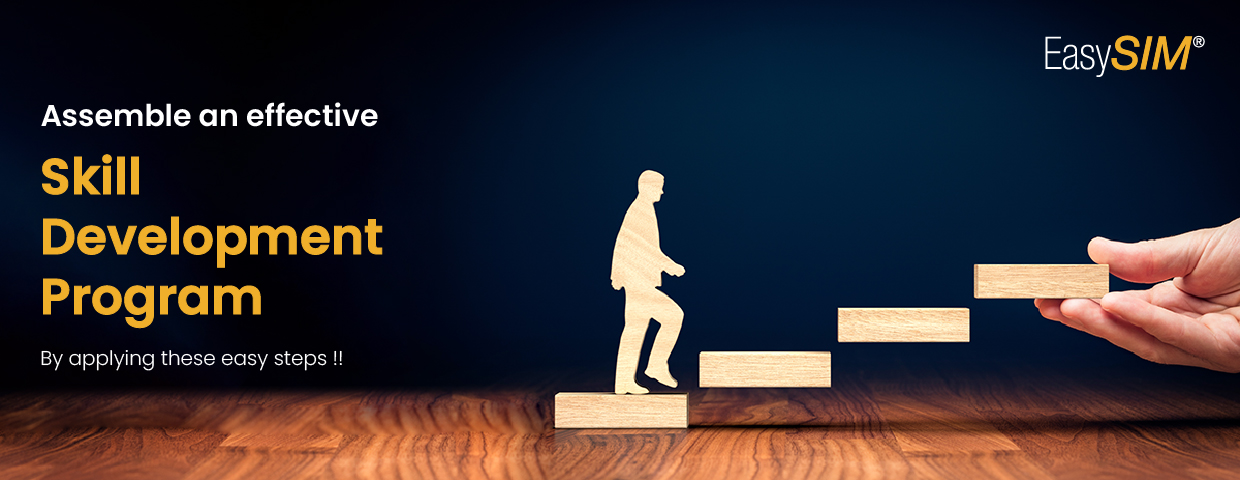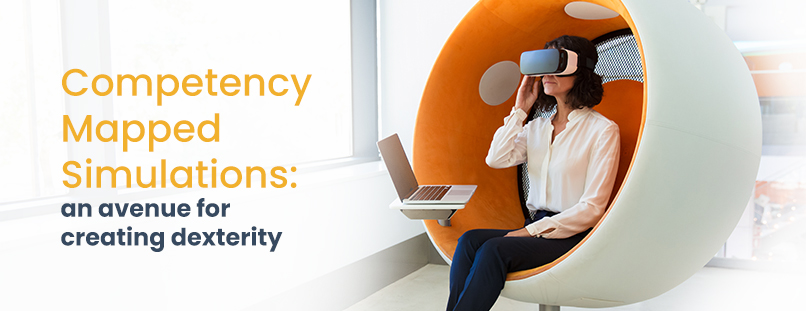Employee attrition has always been the most significant impediment to every industry, specifically the retail sector. The report published by the Bureau of Labour Statistics stating that the employee turnover rate was more than 60% in 2022 only emphasizes the seriousness of the issue. Moreover, 879,000 retail jobs still need to be occupied despite the retailers offering higher salaries and work flexibility (Deloitte retail industry outlook 2023).
It’s also imperative to note that the cost of turnover is 1.5-2 times higher than an employee’s salary, which means that a retailer can’t afford to lose employees annually.
When an employee leaves the job, a skill vacuum disrupts the workflow cycle. As a result, the remaining employees’ workload increases, causing low morale and burnout. Such employees would need help maintaining the required work productivity level, resulting in a low-profit turnover. If exhausted, they might perform poorly and not deliver better customer experiences leading to a low brand reputation.
The retail industry has grown substantially in the past two decades thanks to technological advancements, evolving consumer habits, and increased incomes. To elevate the shopping experience, retailers have now embraced omnichannel retailing, making it imperative to devise measures to retain their proficient staff.
But to accomplish such an arduous task, retailers must find the root cause to understand why employees are leaving their jobs and what they can do to reverse the issue.
What Retail Employees Want?
The answer is very simple. According to Mckinsey 2022, here is why retail employees are leaving their job, which gives an accurate picture of what retail employees want the most:

Addressing these factors can help retain employees and create a highly productive workforce and a competitive edge over their competitors in the market.
Now you know what retail employees want, it’s time to adopt some effective strategies to help reduce employee turnover.
Effective Strategies to Design a robust training program
Many organizations make a mistake by providing general training programs to every employee. As employees have their unique work temperament, work ethos, and job responsibilities, retailers must deliver personalized training programs tailored to retail employees’ learning needs and requirements.
Here are some tips and tricks, AKA strategies, that a retailer can easily adopt to design an effective training program:
1.Implement better onboarding practice
According to a survey conducted by YOOBIC, nearly 49% of retail employees feel unprepared for their job due to the onboarding process. To address this issue, retailers should involve employees in onboarding training from day one, providing them with direction and adequate support. This approach fosters a sense of belongingness, increasing employee engagement and retention.
In addition, retailers should offer job-based training programs to familiarize employees with their workplace and prepare them for real job situations. Such programs help employees understand expectations and handle various situations with confidence.
EasySIM, a competency-based simulation and assessment platform, can assist retailers in enhancing these training efforts. It enables the assessment, management, and enrichment of employees’ competencies, thereby improving their performance at work. The platform offers personalized, competency-based training that employees can access conveniently without disrupting their daily routines.
Moreover, EasySIM helps identify employees’ skill gaps, allowing retailers to provide targeted training programs to bridge those gaps and enhance workforce skills. The platform also allows for the easy addition of learning resources, ensuring that employees stay up-to-date and perform better in their respective roles.
2. Facilitate a continuous learning ecosystem.
The retail store updates its stocks regularly to ensure customers get what they want and avoid an out-of-stock situation. Retail employees regularly need product knowledge training and stock inventory training to deliver better shopping experiences to their customers. Retailers must facilitate a continuous learning ecosystem and provide regular learning programs to keep their employees updated. A continuous learning ecosystem is advantageous for the employees as it opens career advancement opportunities for them to grow and realize their professional goals.
Retailers can leverage the power of EasySIM to integrate role play, product knowledge, communication skills and other relevant training. The platform can help employees realize their potential and gain confidence, which will help them interact with their customers better, making them satisfied.
3. Integrate positive workplace culture and safety.
Every employee wants fair and equal opportunities. They expect their employers to be honest and impartial in their approach and care about them. So, retailers must facilitate a diverse and inclusive work culture without bias against gender, racism, disabilities, or sexual orientation. They must also provide a safe environment by enforcing safety rules and regulation policies to avoid any mishaps in the workplace. By making them feel safe and belong, the employees will be satisfied and will not think of moving.
Through customized learning and training programs via EasySIM, retailers can train their employees to implement safety and DEI policies across the sector.
4. Integrate interactive-based training into the curriculum.
The retailers must integrate gamification, simulations and AR/VR-based training into their programs to deeply engage their employees. These programs help make training more exciting, interactive and engaging, allowing employees to absorb the required knowledge readily.
EasySIM assists organizations in designing and developing personalized simulation, gamification and other tech-advanced training programs so that employees can absorb the required knowledge effortlessly and happily.
Conclusion
The retail sector is among the largest sectors in the world, which will continue to expand in the future thanks to advanced technologies and dynamic customers. To realize their organizational goals and serve their customers with better experiences, they must have the support of knowledgeable and experienced employees. They must implement better effective strategies to reduce turnover and motivate employees. The more satisfied their employees are, the better their workplace culture and customer satisfaction will be. Also, retaining employees is a lot cheaper than paying for employee attrition.































